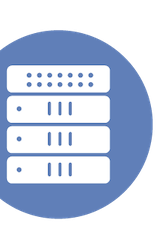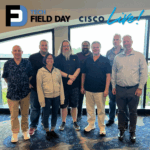|
|
This video is part of the appearance, “Cisco Presents at Tech Field Day Extra at Cisco Live US 2025“. It was recorded as part of Tech Field Day Extra at Cisco Live US 2025 at 13:00-18:30 on June 10, 2025.
Watch on YouTube
Watch on Vimeo
Hear the latest updates on 6GHz indoors and outdoors and how to deploy it with Automated Frequency Coordination. The release of the 6 GHz band for unlicensed use was a significant milestone for Wi-Fi, tripling available spectrum with 59 new channels and enabling higher speeds and capacities, while relieving congestion on the 2.4 and 5 GHz bands. However, this band is also occupied by thousands of licensed users, necessitating regulations to protect these incumbents from Wi-Fi interference. Global adoption varies, with North America and South Korea embracing the full band, while Europe and Australia use only the lower half. Additionally, regulations differentiate between indoor and outdoor use: indoor use is permitted at Low Power Indoor (LPI) levels (5 dBm/MHz PSD), but outdoor deployment or higher indoor power requires Standard Power (SP) and Automated Frequency Coordination (AFC).
Automated Frequency Coordination (AFC) is a cloud-based service that facilitates the use of the unlicensed 6 GHz band at Standard Power levels for indoor, outdoor, and external antenna deployments. This service coordinates spectrum sharing with incumbent users. Cisco’s AFC service resides in the cloud, where access points (APs) send requests containing their location (latitude, longitude, height) to the service. Cisco’s service then queries an AFC service provider (e.g., Federated Wireless) which, using a regulatory database, determines and returns the allowed channels and power levels to the AP. This response is valid for 24 hours, requiring APs to periodically send new requests to continue operating at Standard Power.
Operating at Standard Power offers significant gains, typically 3 to 6 dB (24 to 28 dBm) compared to LPI, extending coverage outdoors. While AFC ensures protection for licensed users, a potential concern is service availability; if the AFC service is unavailable for more than 24 hours, outdoor 6 GHz radios will cease operation, falling back to 5 GHz and 2.4 GHz, while indoor APs can still operate at LPI. Design considerations for Standard Power deployments include identifying appropriate use cases, checking channel availability beforehand, assessing client device penetration, accurately determining AP location (latitude, longitude, and manually entered height), and configuring through Cisco’s management platforms such as Meraki and Catalyst Center.
Personnel: Manmeet Kaur









